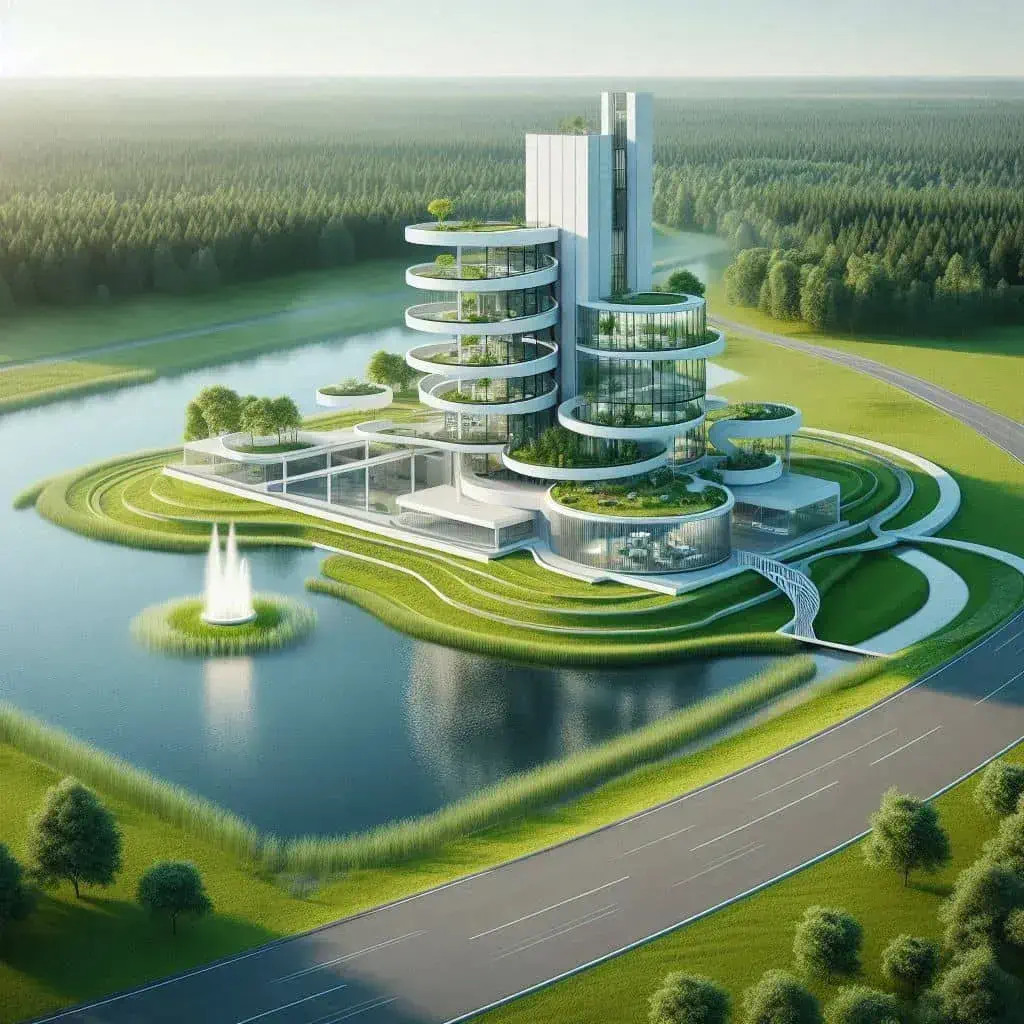
The world is home to some of the most stunning, luxurious, and innovative buildings that push the boundaries of architecture and design. These structures are not just functional spaces but monumental achievements in engineering and construction. Many of them come with hefty price tags, thanks to cutting-edge technology, extravagant materials, and the sheer scale of their construction. This article will examine the top 10 most expensive buildings ever built, uncovering details about their cost, design, and purpose.
Table of Contents
Top 10 Most Expensive Buildings in the World
1. Abraj Al-Bait Clock Tower (Mecca, Saudi Arabia)
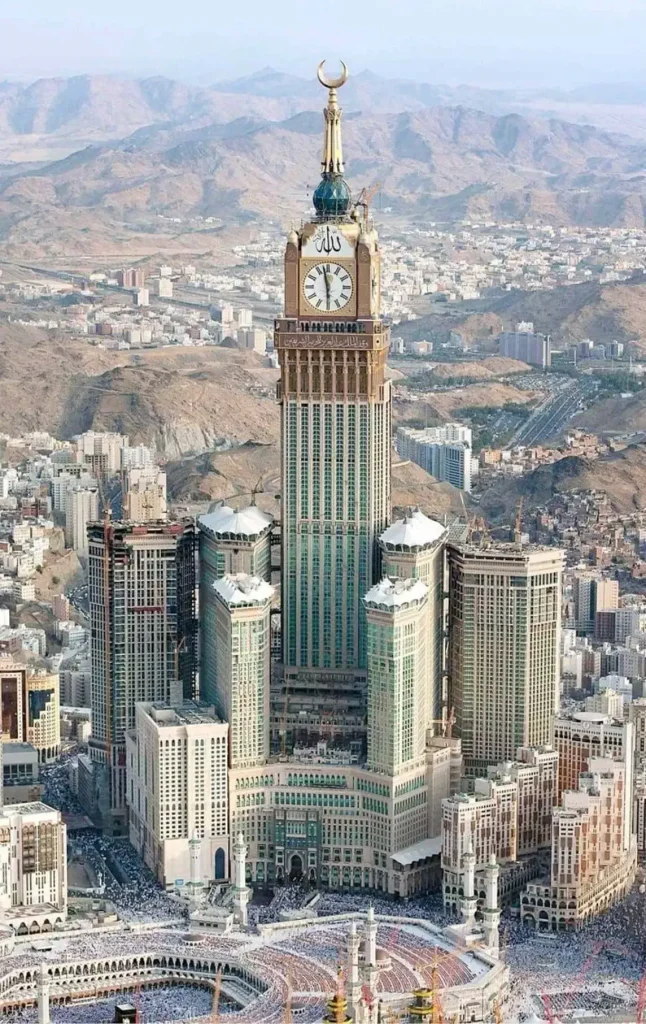
- Cost: $15 billion
- Height: 601 meters (1,972 feet)
- Architect: Dar Al-Handasah
- Key Details:
- Part of a government-funded megaproject to modernize Mecca for Hajj pilgrims.
- Contains seven towers, with the central hotel tower offering 10,000 rooms.
- The clock face is 43 meters long, illuminated by 2 million LED lights.
- Built atop the site of the ancient Ajyad Fortress, sparking some controversy.
- Includes a prayer room accommodating 10,000+ worshippers and a 4-story shopping mall.
2. Marina Bay Sands (Singapore)
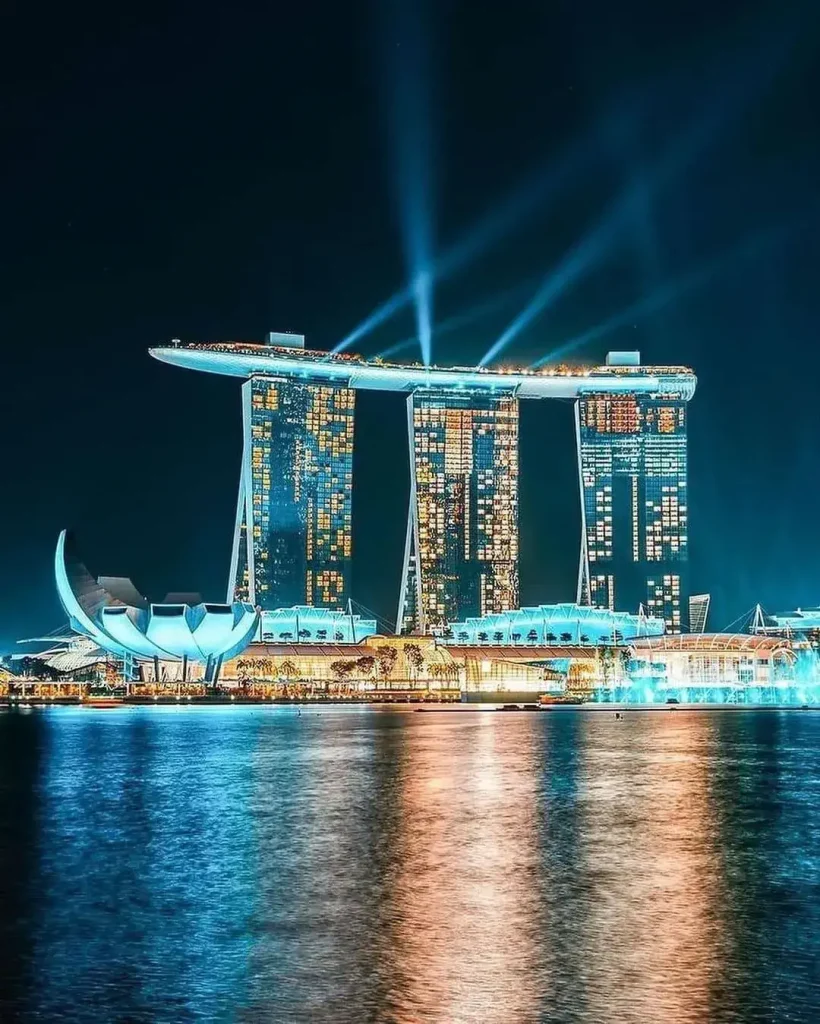
- Cost: $6.7 billion
- Architect: Moshe Safdie
- Engineering Feats:
- The SkyPark spans 340 meters (1,115 feet) and holds a 150-meter infinity pool, the world’sworld’st elevated pool.
- Supported by a gravity-defying cantilever design.
- Features 2,561 hotel rooms and a lotus-shaped ArtScience Museum.
- Transformed Singapore and boosted tourism by 50% post-construction.
3. SoFi Stadium (California, USA)
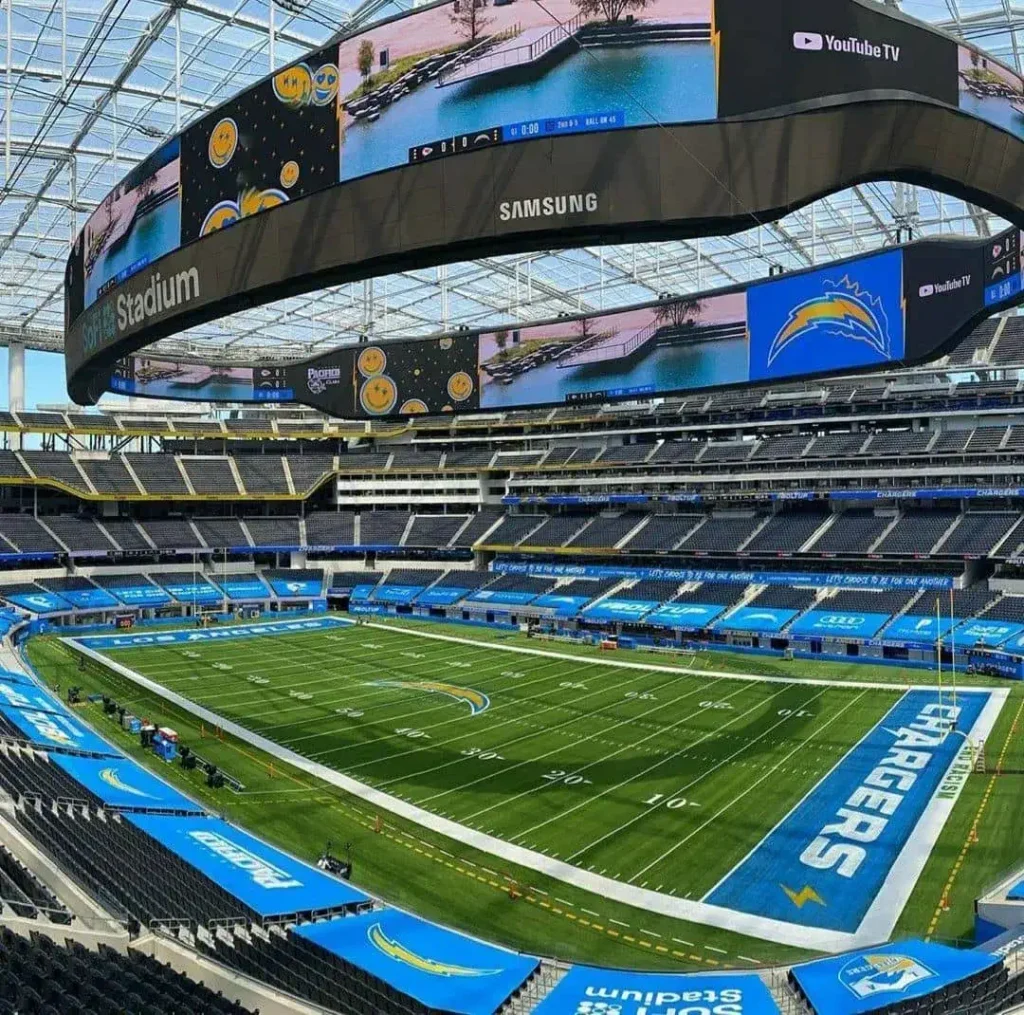
- Cost: $5.5 billion
- Capacity: 70,000+ (expandable to 100,000 for events like the Super Bowl).
- Designer: HKS Architects
- Features a 70,000-square-foot oval video board (the “Oculus”).
- Tra “”slucent ETFE roof reduces heat and allows natural light.
- Built with 35,000 tons of steel and 500,000 cubic yards of concrete.
- Hosted the 2022 Super Bowl and 2028 Summer Olympics (planned).
4. Apple Park (California, USA)
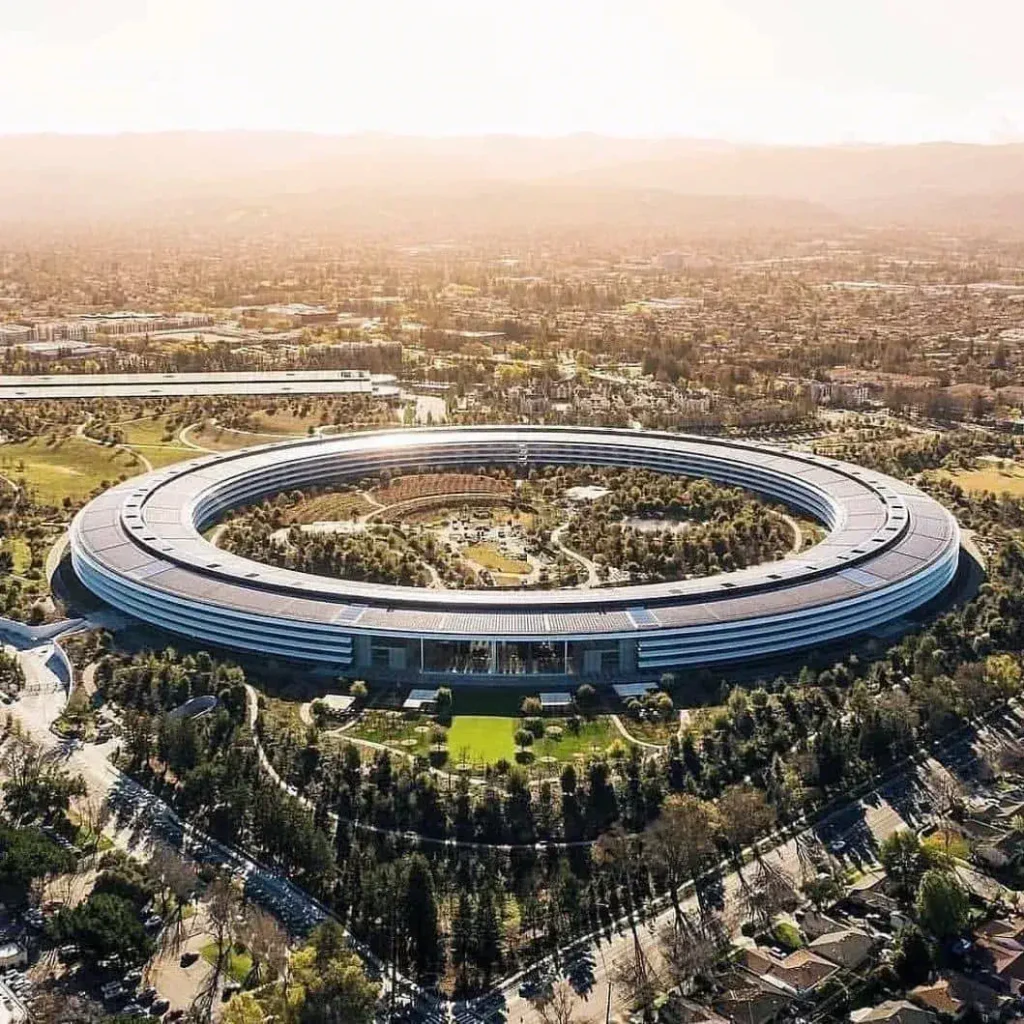
- Cost: $5 billion
- Architect: Norman Foster (Foster + Partners)
- Nicknamed”The S “, “cash”, p” for “i “s circular, UFO-like design.
- The campus spans 175 acres, with 2.8 million square feet of office space.
- The roof is covered with solar panels, generating 17 megawatts of power.
- Includes a 100,000-square-foot fitness centre and 9,000 drought-resistant trees.
- Built to honour SteJobs’bs’ vJ’bs’ of a collaborative, nature-integrated workspace.
5. Wynn Palace (Macau, China)
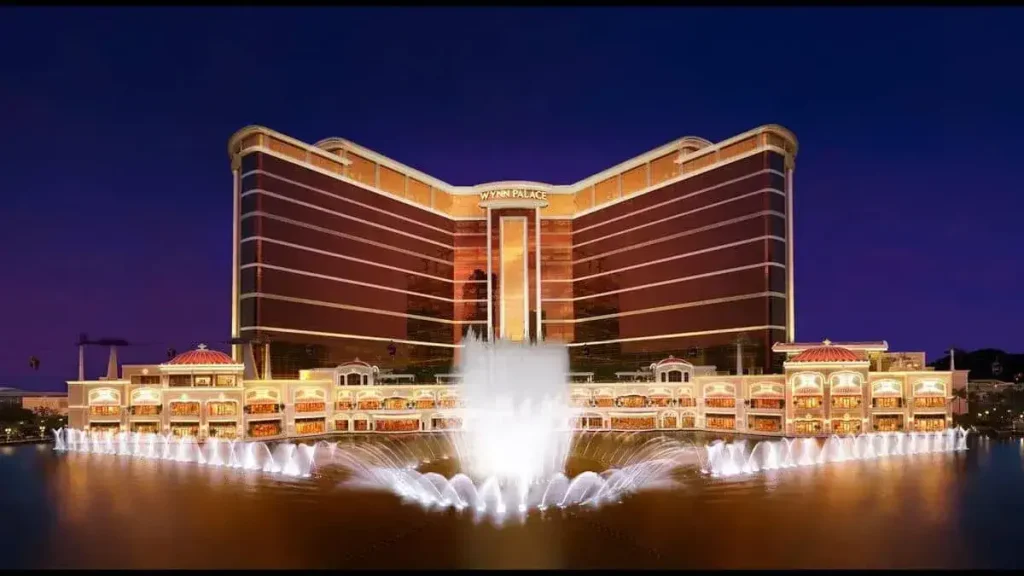
- Cost: $4.4 billion
- Architect: Robert Trent Jones Jr.
- Known for i”s “Per” or” ance La”e,” fe” tu” ing choreographed water, light, and music shows.
- Sky gondolas offer aerial views of the resort’s floral displays.
- Houses 1,706 rooms, a 4,000-square-foot spa, and high-end boutiques (e.g., Chanel, Dior).
- RefleMacau’sMacau’sau’s as “he “La” Ve” as of “sia,” ” lend” ng gaming and luxury.
6. The Cosmopolitan of Las Vegas (Nevada, USA)
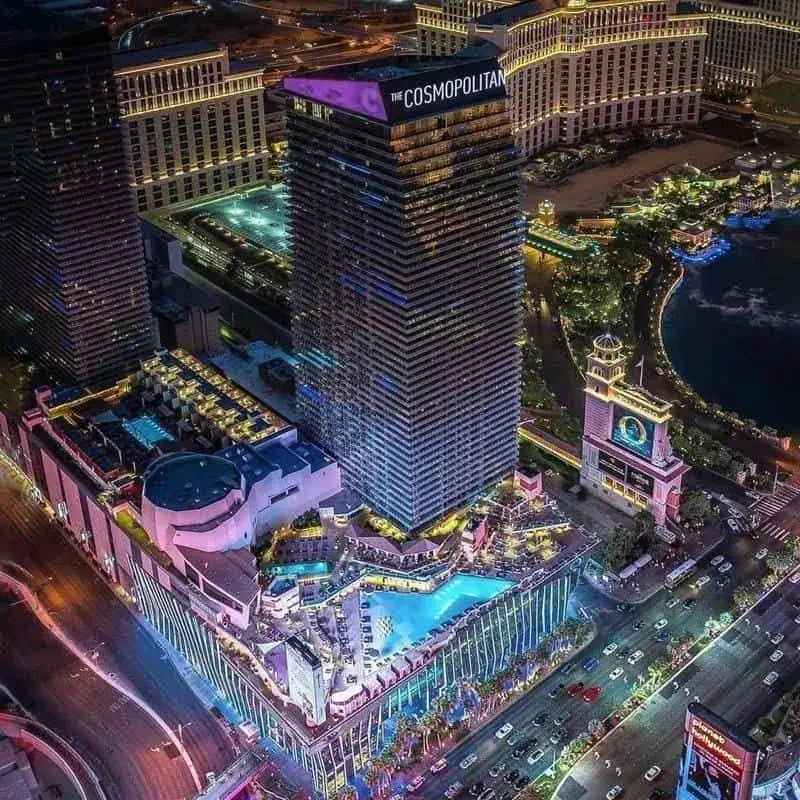
- Cost: $3.9 billion
- Developer: Deutsche Bank (later sold to MGM Resorts)
- Features 3,033 rooms with private terraces and views of the Strip.”
- The “”helse””Tower”” inclu” es a 75,000-square-foot casino.
- Home to the Opulent Chandelier Bar, a 3-story crystal structure with 2 million beads.
- Hosts rotating contemporary art exhibits, including works by Damien Hirst.
7. One World Trade Center (New York City, USA)
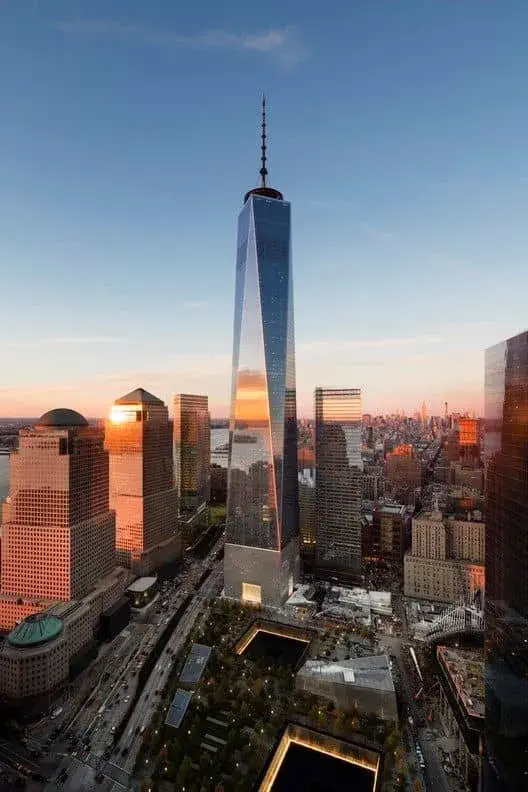
- Cost: $3.9 billion
- Height: 1,776 feet (symboAmericaAmerica’sndencesndence year).
- Architect: David Childs (Skidmore, Owings & Merrill)
- Built on the site of the original World Trade Center destroyed on 9/11.
- Features a 185-foot-tall spire with a beacon visible for 50 miles.
- Includes a memorial museum and 3 million square feet of office space.
- Designed with blast-resistant materials and emergency staircases.
8. Emirates Palace (Abu Dhabi, UAE)
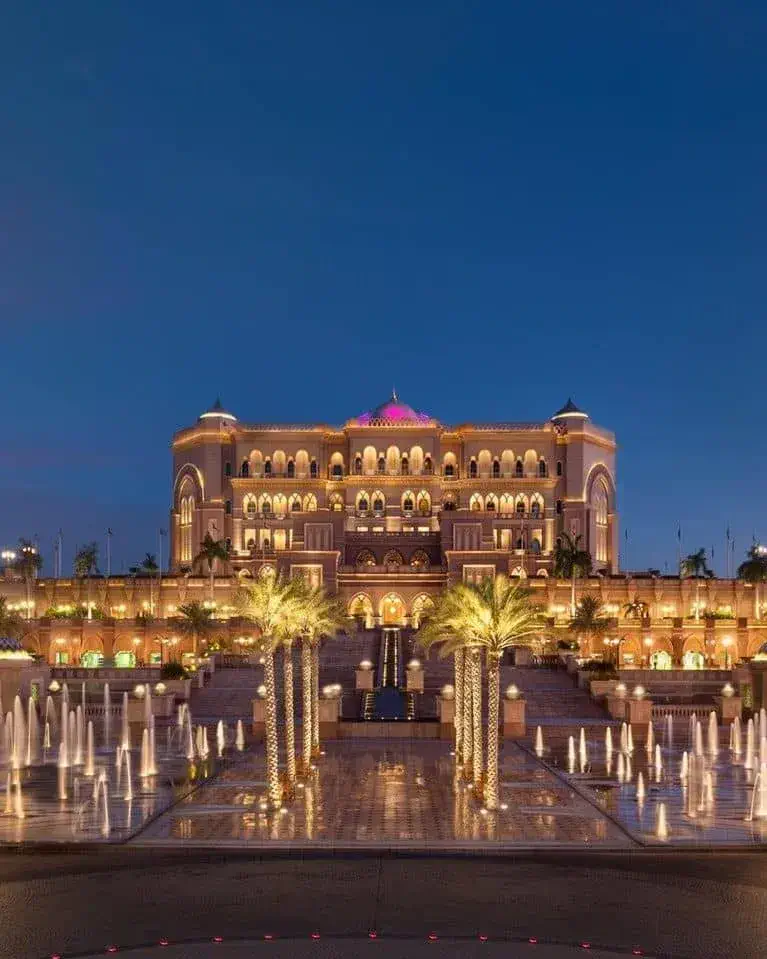
- Cost: $3.9 billion
- Architect: Wimberly Allison Tong & Goo
- Operated as a luxury hotel but was originally built to host dignitaries.
- The decor includes 1,002 chandeliers and 144 domes covered in gold, silver, and crystal.
- Offers a $1 m”lion “Palace” Suite” “package” e with butler service and gold-leaf cappuccinos.
- The 85-hectare grounds include date palm gardens and helipads.
9. The Palazzo Resort Hotel Casino (Nevada, USA)
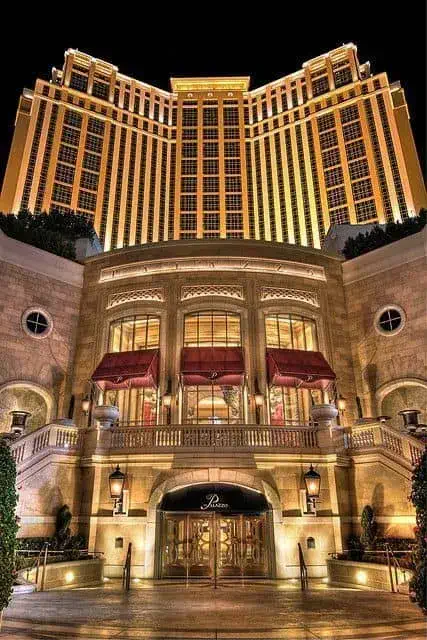
- Cost: $3.8 billion
- Developer: Sheldon Adelson (Las Vegas Sands Corp.)
- Adjacent to the Venetian Resort, forming the largest hotel complex in the U.S.
- Offers 7,000 suites, each over 700 square feet.
- Features a 105,000-square-foot casino and the Grand Canal Shoppes, a luxury mall with canals and gondolas.
- Known for hosting high-stakes poker tournaments and celebrity events.
10. Resorts World Sentosa (Singapore)
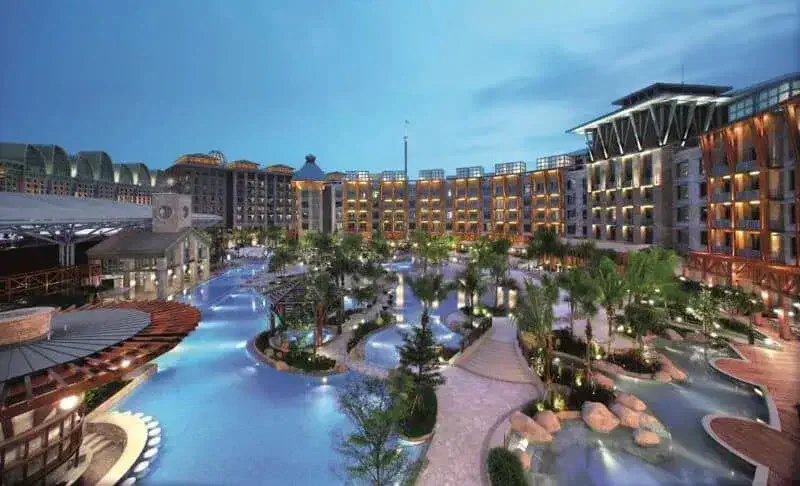
- Cost: $3.7 billion
- Owner: Genting Group
- Home to Universal Studios Singapore, featuring 24 rides across 7 themed zones.
- Includes SoAsia’stAsia’sMarine’sMarine Life Park with 100,000 marine animals.
- Offers a casino spanning 15,000 square meters.
- The Equarius Hotel includes treehouse villas and underwater suites.
Comparison Chart
| Rank | Building | Location | Cost (USD) | Key Feature |
|---|---|---|---|---|
| 1 | Abraj Al-Bait Clock Tower | Mecca, Saudi Arabia | $15B | World’s largest clock face |
| 2 | Marina Bay Sands | Singapore | $6.7B | Rooftop SkyPark infinity pool |
| 3 | SoFi Stadium | California, USA | $5.5B | Most expensive stadium ever built |
| 4 | Apple Park | California, USA | $5B | 100% renewable energy campus |
| 5 | Wynn Palace | Macau, China | $4.4B | Sky gondola rides |
| 6 | The Cosmopolitan | Nevada, USA | $3.9B | Modern art collection |
| 7 | One World Trade Center | New York, USA | $3.9B | Symbolic 1,776-foot height |
| 8 | Emirates Palace | Abu Dhabi, UAE | $3.9B | Gold-leaf interiors |
| 9 | The Palazzo | Nevada, USA | $3.8B | Largest Five Diamond hotel |
| 10 | Resorts World Sentosa | Singapore | $3.7B | Universal Studios theme park |
You Might like
10 Longest Rivers in the World
10 most beautiful islands in the world
10 Largest Regional Forests in The World
10 Most Serene Places of Natural Beauty in the World
Top 10 Tallest Buildings in the World
Conclusion
These architectural wonders humanithumanity’stonity’sto push boundaries, whether through religious significance, technological innovation, or sheer luxury. FroArabia’Arabia’sAl-BaitsAl-CaliforCalifornia’sParkia’sPark, each building tells a story of ambition, cultural identity, and the limitless possibilities of modern engineering. As construction technology evolves, future projects may soon surpass these giants—but for now, they stand as testaments to what we can achieve.
FAQs
What is the most expensive building ever built?
The Abraj Al-Bait Clock Tower in Mecca, Saudi Arabia, costs $15 billion.
Why isn’t the Burj Khalifa on this list?
The Burj Khalifa cost $1.5 billion, far less than the top contenders.
Which is the most expensive sports stadium?
SoFi Stadium in California ($5.5 billion), home to the LA Rams and Chargers.
Are any of these buildings environmentally friendly?
Apple Park runs entirely on renewable energy, including solar power.
What drives the cost of these buildings?
Factors include location, materials, technology, luxury amenities, and symbolic value.

Interesting comparison between these mega-projects – the price differences are staggering! Makes me wonder if the Abraj Al-Bait’s cost reflects its religious significance more than actual construction expenses. The SoFi Stadium seems modest compared to Apple Park’s renewable energy setup – priorities clearly differ. I’m surprised the Burj Khalifa was “only” $1.5 billion considering its record height. The breakdown of cost factors is useful, but it’d be interesting to see the actual percentage spent on materials vs. luxury elements. What could possibly justify clock tower costing 10 times more than the world’s tallest building? Does symbolic value really inflate the price that much or is this a case of overpricing? Would love to hear the reasoning behind these numbers!
The staggering cost differences between these mega-projects—**Abraj Al-Bait ($16BN)**, **Burj Khalifa ($1.5BN)**, **Apple Park ($5BN)**, and **SoFi Stadium ($5.5BN)**—reflect a complex interplay of **symbolic value, functional priorities, and construction challenges**. Here’s a breakdown of the factors driving these disparities:
—
### **1. Religious and Symbolic Value: Abraj Al-Bait’s Premium**
The **$16BN Abraj Al-Bait** (Mecca Clock Tower) is not just a hotel but a **religious landmark** adjacent to Islam’s holiest site, the Masjid al-Haram. Its cost reflects:
– **Location**: Built in Mecca’s congested center, requiring demolition of historic sites (e.g., Ajyad Fortress) and logistical hurdles like non-Muslim workers converting to Islam for access .
– **Symbolic Features**: The world’s largest clock (43m faces, 98 million glass mosaics) and a minaret-like design to mark prayer times globally. The clock’s engineering (carbon-fiber hands, atomic timekeeping) added complexity .
– **Pilgrim Infrastructure**: Seven luxury hotels, a shopping mall, and parking for 1,000+ vehicles cater to 3M annual Hajj pilgrims, blending commercial and spiritual functions .
**Comparison**: Burj Khalifa’s lower cost ($1.5BN) prioritized **height and engineering** over symbolic grandeur, though it holds secular records (e.g., tallest structure) .
—
### **2. Engineering vs. Luxury: Burj Khalifa’s Efficiency**
Burj Khalifa’s **$1.5BN** cost seems modest because:
– **Design Innovations**: Its “bundled tube” structure reduced steel usage by 50% compared to traditional skyscrapers .
– **Material Costs**: Concrete and steel were sourced economically (e.g., recycled steel from East Berlin’s Palace of the Republic) .
– **Labor Costs**: Migrant workers from South Asia were paid low wages, a controversial but cost-saving measure .
**Contrast**: Abraj Al-Bait’s **retrofit challenges** (adding a clock tower mid-construction) and premium materials (gold mosaic crescent, LED-lit façades) inflated expenses .
—
### **3. Sustainability vs. Spectacle: Apple Park and SoFi Stadium**
– **Apple Park ($5BN)**: Costs stem from **100% renewable energy** (17MW solar panels, biogas plant), “breathing” concrete slabs, and 9,000 drought-resistant trees. Steve Jobs’ obsession with design (e.g., curved glass panels) added luxury .
– **SoFi Stadium ($5.5BN)**: Focused on **sustainability certifications** (ISO 20121) and multi-use flexibility (NFL, FIFA World Cup, concerts). Its semi-subterranean design and stormwater capture systems prioritized long-term utility over opulence .
**Key Difference**: Apple Park’s cost per square meter is higher due to tech-infused infrastructure, while SoFi’s budget accommodated **event scalability**.
—
### **4. Symbolic Value vs. Overpricing: Justifying Costs**
Abraj Al-Bait’s **10x premium over Burj Khalifa** isn’t purely overpricing but a mix of:
– **Cultural Capital**: Saudi Arabia’s investment in religious tourism ($12BN/year) justifies the project as a **pilgrimage hub** .
– **Geopolitical Signaling**: The clock tower’s attempt to establish “Mecca Time” as a global standard mirrors Saudi ambitions .
– **Logistical Nightmares**: Limited site access, lightweight structural retrofits, and imported materials (e.g., German clock mechanisms) drove costs .
—
### **Conclusion: Priorities Dictate Price Tags**
– **Religious/National Pride**: Abraj Al-Bait’s cost is inflated by symbolic and functional demands.
– **Engineering Triumphs**: Burj Khalifa’s efficiency shows height doesn’t always equal expense.
– **Sustainability**: Apple Park and SoFi Stadium highlight how green tech and multi-use design impact budgets differently.
For deeper dives:
– [Abraj Al-Bait’s engineering](https://www.theb1m.com/video/saudi-arabia-built-a-16bn-clock-tower)
– [Burj Khalifa’s design](https://www.architecturaldigest.com/story/burj-khalifa)
– [Apple Park’s renewables](https://worldgbc.org/case_study/apple-park/)
The Abraj Al-Bait Clock Tower’s cost is staggering compared to other architectural marvels. It’s fascinating how location and symbolic value can drive such enormous expenses. The Burj Khalifa seems like a bargain in comparison, yet it’s equally iconic. SoFi Stadium’s price tag reflects the premium on modern sports facilities, but is it worth it? Apple Park’s commitment to renewable energy is commendable, but does it justify its cost? What do you think drives these astronomical budgets—luxury, innovation, or something else? I’d love to hear your thoughts on whether these expenditures are justified or if they represent excess.
The Abraj Al-Bait Clock Tower is truly a marvel, but $15 billion seems like an astronomical figure. It’s fascinating how the Burj Khalifa, despite being an iconic structure, cost significantly less. SoFi Stadium’s $5.5 billion price tag reflects the growing investment in sports infrastructure. Apple Park’s commitment to renewable energy is commendable and sets a great example for sustainable architecture. The factors influencing these costs—location, materials, and symbolic value—are intriguing. Do you think the symbolic value of these structures justifies their costs? I’d love to hear your thoughts on whether such massive investments are worth it in the long run.
The Abraj Al-Bait Clock Tower is truly a marvel, but $15 billion seems like an astronomical amount for a building. It’s fascinating how structures like the Burj Khalifa cost significantly less yet remain iconic. SoFi Stadium, though expensive, seems more practical given its purpose. Apple Park’s commitment to renewable energy is commendable and sets a standard for future developments. The factors influencing costs, like luxury amenities and symbolic value, make sense but also feel subjective. Do you think the symbolic value of such structures justifies their staggering costs? I’d love to hear your thoughts on whether these expenses are truly worth it.
The Abraj Al-Bait Clock Tower is truly a marvel, but $15 billion seems like an astronomical amount. It’s fascinating how the Burj Khalifa, being such an iconic structure, cost significantly less. SoFi Stadium’s price tag is also impressive, especially considering its modern features. Apple Park’s commitment to renewable energy is commendable and sets a great example. The factors influencing these costs, like technology and symbolic value, make a lot of sense. Do you think the Abraj Al-Bait’s cost is justified given its location and purpose? I’d love to hear your thoughts on whether such massive investments are worth it in the long run.
Interesting breakdown of some of the most expensive buildings and stadiums in the world. It’s fascinating to see how the Abraj Al-Bait Clock Tower dwarfs the cost of the Burj Khalifa. I’m curious about why the clock tower was so expensive—was it purely the location in Mecca, or were there other factors at play? Apple Park’s renewable energy approach is impressive and makes me wonder why more developments don’t prioritize sustainability. The symbolic value of these structures is undeniable, but do you think the costs are justified for their purposes? It seems like SoFi Stadium is a bargain compared to the Clock Tower, but does it offer the same level of cultural or architectural significance? What’s your take on balancing cost with value in these types of projects?
The Abraj Al-Bait Clock Tower is truly a marvel, but $15 billion seems like an astronomical amount. It’s fascinating how the Burj Khalifa, being such an iconic structure, cost significantly less. SoFi Stadium’s $5.5 billion price tag also makes me wonder about the priorities in spending for sports versus cultural or religious landmarks. Apple Park’s commitment to renewable energy is commendable and sets a great example for future projects. The factors influencing these costs—location, materials, technology—are intriguing but also raise questions about sustainability. Do you think the symbolic value of such structures justifies their costs? I’d love to hear your thoughts on whether these investments are worth it in the long run.
The Abraj Al-Bait Clock Tower is truly a marvel, but $15 billion seems like an astronomical amount. It’s fascinating how the Burj Khalifa, an iconic structure, cost significantly less. SoFi Stadium’s $5.5 billion price tag reflects the growing investment in sports infrastructure. Apple Park’s commitment to renewable energy is commendable and sets a great example for sustainable architecture. The factors influencing these costs—location, materials, technology, and symbolic value—are intriguing. Do you think the symbolic value of structures like the Clock Tower justifies such high costs? I’d love to hear your thoughts on whether these investments are worth it in the long run.
The Abraj Al-Bait Clock Tower is truly a marvel, but $15 billion seems like an astronomical figure! It’s fascinating how the Burj Khalifa, despite being iconic, cost significantly less. SoFi Stadium’s price tag is also impressive, especially considering its modern features. Apple Park’s commitment to renewable energy is commendable and sets a great example. It’s interesting how factors like location and symbolic value can drive costs so high. Do you think these massive investments are justified, or could the funds be better used elsewhere? What’s your take on balancing luxury and practicality in such projects?
The Abraj Al-Bait Clock Tower is indeed a marvel, but $15 billion seems like an astronomical amount for a single structure. The Burj Khalifa, on the other hand, appears to be a better deal considering its iconic status and lower cost. SoFi Stadium is impressive, but does its price tag justify its purpose? Apple Park’s focus on renewable energy is commendable and sets a standard for future developments. It’s fascinating how location, materials, and technology play such crucial roles in determining costs. Symbolic value and luxury amenities, though, seem to inflate prices significantly. Do you think these architectural feats are worth their costs, or could the money be better spent elsewhere? I’m curious to hear your thoughts on balancing functionality with extravagance in such projects.
The Abraj Al-Bait Clock Tower’s $15 billion price tag is staggering, but it reflects its symbolic significance in Mecca. The Burj Khalifa, while less expensive, remains an architectural marvel. SoFi Stadium’s $5.5 billion cost seems justified for such a state-of-the-art facility. Apple Park’s commitment to renewable energy is commendable and sets a standard for sustainability. Location, materials, and technology clearly play a huge role in these costs. Luxury amenities and symbolic value also add to the overall expense. Do you think these massive costs are truly justified, or are they more about prestige and ambition?